No, fillet is not the best cut – and six other steak myths debunked
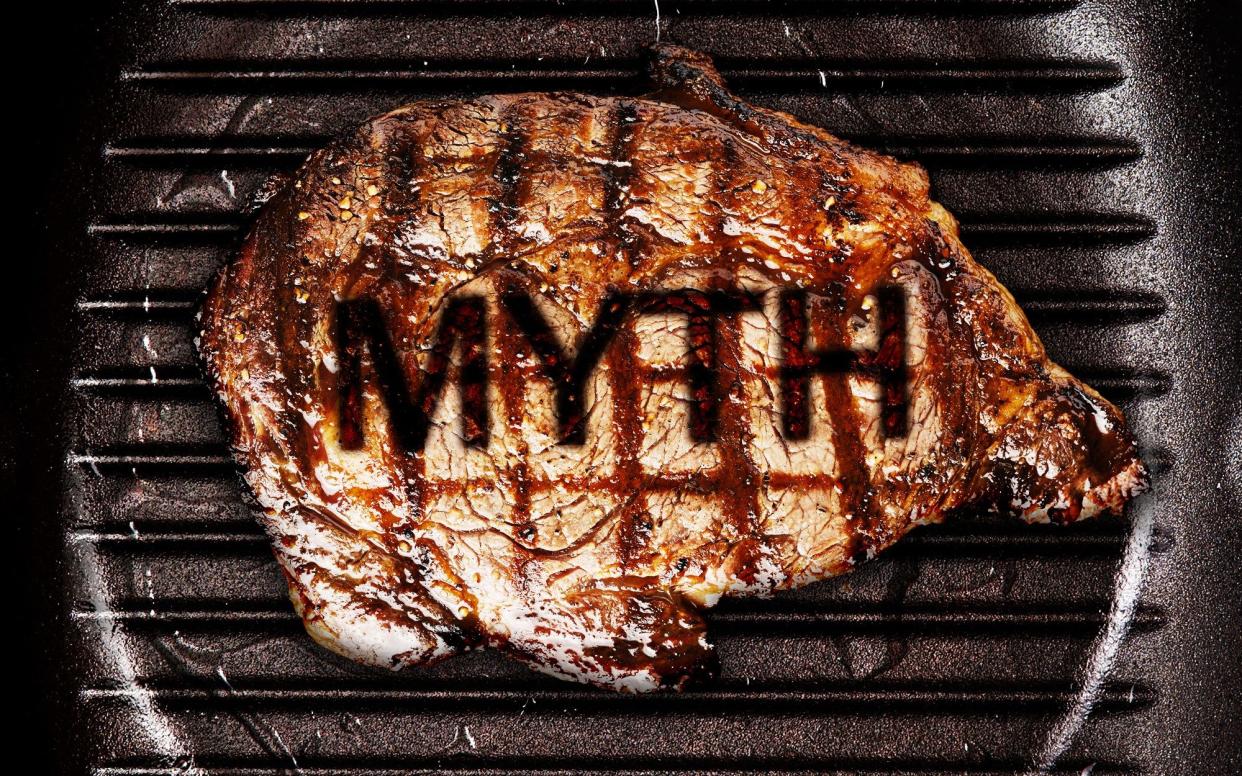
Brits love steak. According to some reports, a third of the UK population dines on it every fortnight. Admittedly, the amount we consume is falling slightly – unsurprising given the cost of living crisis alongside the rise in flexitarianism – and we’re also shifting to cheaper cuts, again no wonder given the price of beef steak rose 10 per cent over 12 months to October 2023.
So, with rising food prices and regular calls for us to eat less – but better – meat, the pressure is on to make sure that when we do eat it, we get the best we can. But choosing the perfect steak isn’t easy. From which cut to buy to debates over fat, ageing and whether you should be lured in by the latest trendy breed, choosing the right steak can be a minefield. Life is too short to eat bad steak, so it’s time we busted the bull around beef for good.
Myth 1: Fillet steak is the best cut
According to research from Aldi, fillet is indeed the most popular, with 27 per cent of people claiming it’s their steak of choice, compared to 22 per cent who prefer sirloin, 16 per cent rating rib-eye and 14 per cent plumping for rump. Yet the same research also found that 87 per cent of people can’t actually explain the difference between a rump and a rib-eye, and 62 per cent of people don’t know why fillet is so prized.
Ask any expert and they’ll tell you that it’s not as simple as saying fillet steak is the “best”; rather it depends on what you’re after when it comes to taste, texture – and price. “The best steak doesn’t exist,” says chef Paul Foster, the owner of Stratford-upon-Avon restaurant Salt and author of How to Cook Meat Properly. “[Fillet] is the most tender,” he admits, “so if you’re looking for the most tender steak, then you’ve got to go for fillet. But it doesn’t have very much flavour.” Flavour often comes from meat taken from parts of the cow that have done more “work”, so for Foster, rib-eye (from the forequarter of the animal) is a great choice, delivering plenty of flavour and texture.
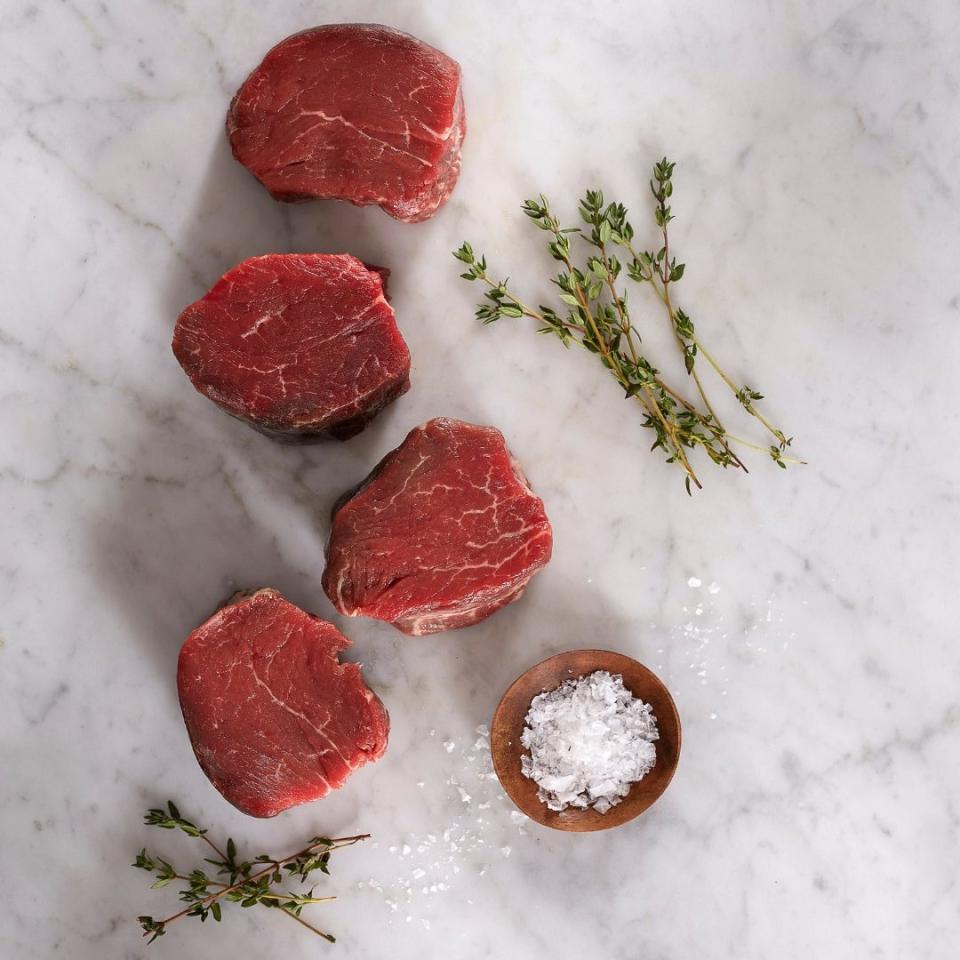
Judging what makes a good steak isn’t just about tenderness, agrees Simon Smith, who has worked at top-rated butcher’s Aubrey Allen for 38 years, but also about succulence and flavour. For those characteristics he recommends looking at other cuts such as rib-eye, bavette or a seam-butchered rump (in which the muscle is dissected and sinew removed to improve the tenderness, and elevate the flavour, of the meat), as well as focusing on buying better-quality meat overall – which will mean all cuts fit the bill. “The farmer has not taken any less love or care to create that whole beast,” Smith explains. “If you raise a really fantastic animal, each cut will be excellent.”
Farmer Ben Stanley, who with his wife, Tori, rears pedigree Longhorn cattle and pedigree sheep in Derbyshire for Tori & Ben’s farm shop and deli, admits that fillet wins for its consistency, which explains why it’s a safe option. But, he stresses, “there’s no such thing as a bad cut of meat. It’s the way it is reared, but also the way you cook it. I could spend three years getting a great piece of meat onto somebody’s plate and then they can get it wrong.”
Myth 2: Bone-in cuts are always better
There’s nothing more impressive than serving up a hefty rib of beef on the bone, or a caveman-style tomahawk. But are they always better than their bone-free equivalents?
As someone who lovingly rears some of the animals that end up on our plates, Stanley feels strongly about using as much of the carcase as possible – which doesn’t just include offal and unusual cuts but bone, too. Both he and Smith espouse the idea that flavour can be improved by cooking meat on the bone. “Flavour comes from roasting and using the bone as a conductor,” says Smith. “It also helps to keep the shape; you will find a piece of meat on the bone will not shrink as much, because the bone holds it in place.”
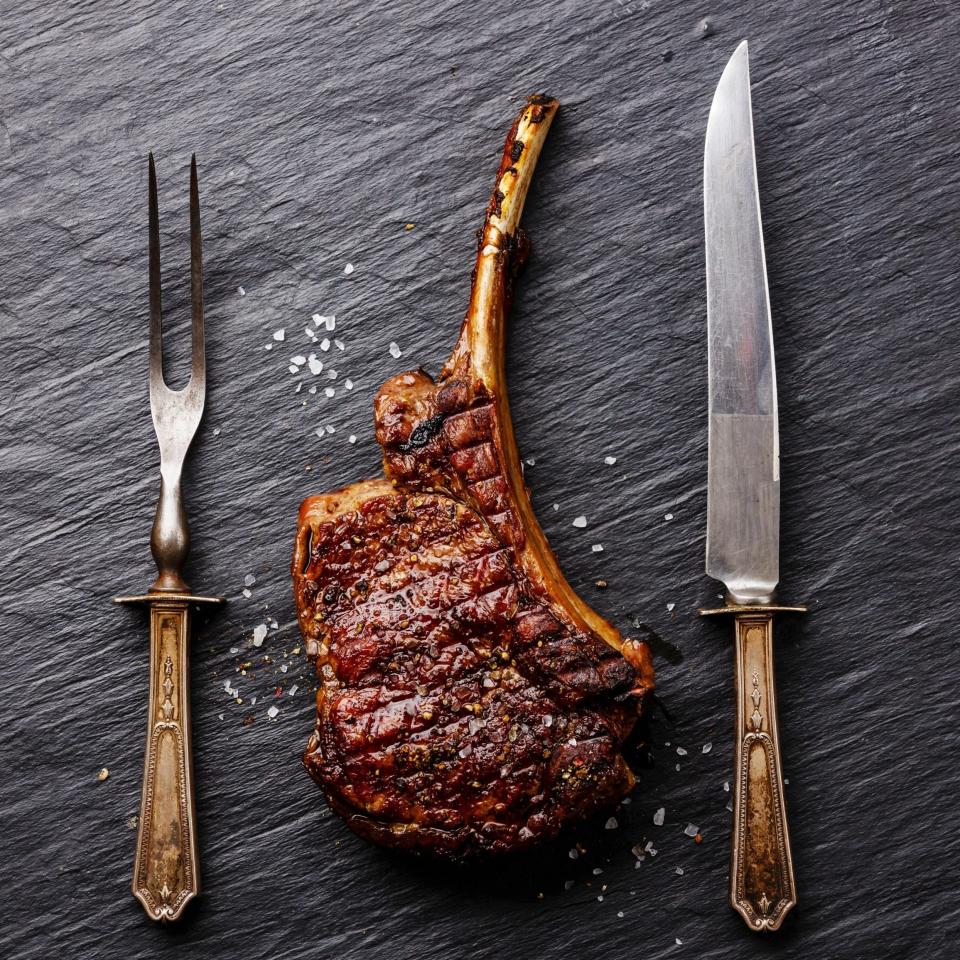
However, while cooking meat on the bone can be great in general, when it comes to steak it’s not necessarily going to add much because of the way we cook it, points out Foster. “Cooking on the bone does add flavour, but that needs to be over a longer period of time. Take a rib of beef, for instance – roast it on the bone and you’re going to get more flavour.” With quick-cooked steaks, however, “you’re not getting that benefit,” he explains. “Really, when it comes to steak, the bone-in stuff is more about the visuals.” He serves sirloin on the bone at Salt and says “it looks nice; it’s a cool way of doing it”. But Foster wagers that most consumers, when presented blindly with one steak cooked on the bone and one cooked off it, wouldn’t notice the difference – himself included.
Myth 3: Named breeds mean superior beef
Look at restaurant menus, butcher’s counters and supermarket shelves across the country and you’ll see breed names advertised to tempt us into buying. From Wagyu to Aberdeen Angus, Dexter to Longhorn, beef from named breeds is big business. But what’s really in a name and how might it be a reflection of quality?
In some modern breeds the cattle are bred to put down lean meat faster, resulting in less fat than traditional, “old-fashioned” breeds, explains Stanley. Keeping your eye out for the latter, then (names such as Longhorn, British White, Lincoln Red, Ruby Red Devon and Belted Galloway), could mean you’ll get a better steak.
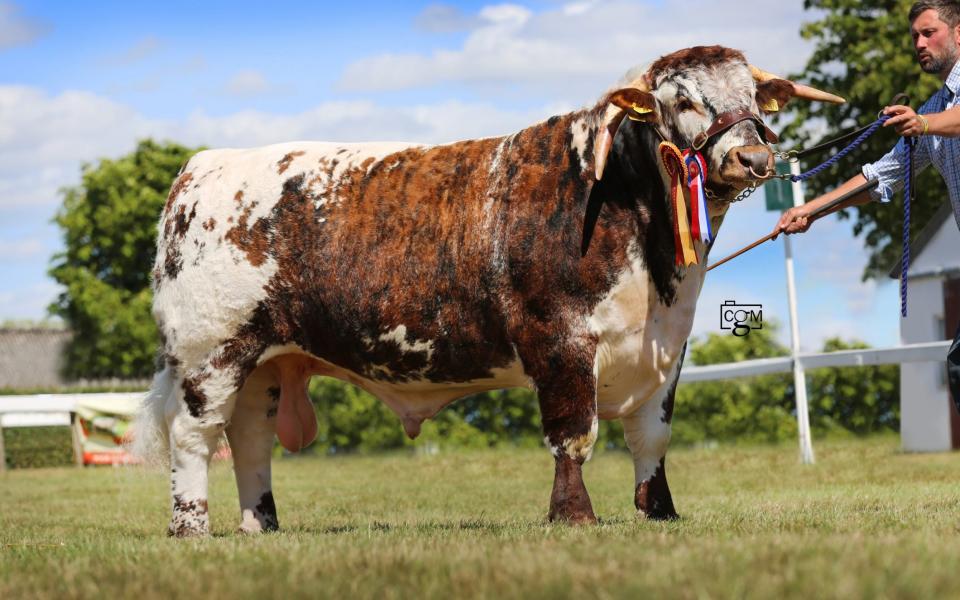
But while the label on a product (or the description of a menu item) might profess to deliver a certain breed or herd, things aren’t always as they seem. Crossbreeding is common. “If [a supermarket steak says] it’s a Hereford or an Aberdeen Angus, there will be a proportion of that breed in there,” says Smith. “But it won’t necessarily be a pure breed.” Likewise, your highly prized Wagyu steak might be “a 50 per cent cross,” says Smith, “so you don’t have that full flavour; it won’t have all the marbling and the succulence that a full-blood has.”
Stanley admits he’s stopped supplying to some restaurants who were advertising all of their beef as being from his Longhorn cattle when in fact it wasn’t, and Smith wagers that plenty of places are name-dropping in a bid to up the romanticism when it comes to describing dishes.
For consumers looking for full transparency, Stanley, Foster and Smith all say the best solution is to buy from a local butcher, who can explain more fully where your steak has come from.
Myth 4: Lots of fat is good
The phrase “fat is flavour” is often bandied around when it comes to meat, but that doesn’t necessarily help when you’re trying to choose a great steak.
There are two types of fat to consider, explains Smith. “We’ve got subcutaneous fat – the fat on the outside – and too much of that is not good. Then we’ve got intramuscular fat, known as marbling. If you imagine putting that under a microscope, every strand of fat is going to be soft and like butter. In theory, the more strands of fat you’ve got in there, the more succulent your steak. Having a good proportion of white marbling in the meat is a sign of good quality for succulence and flavour.”
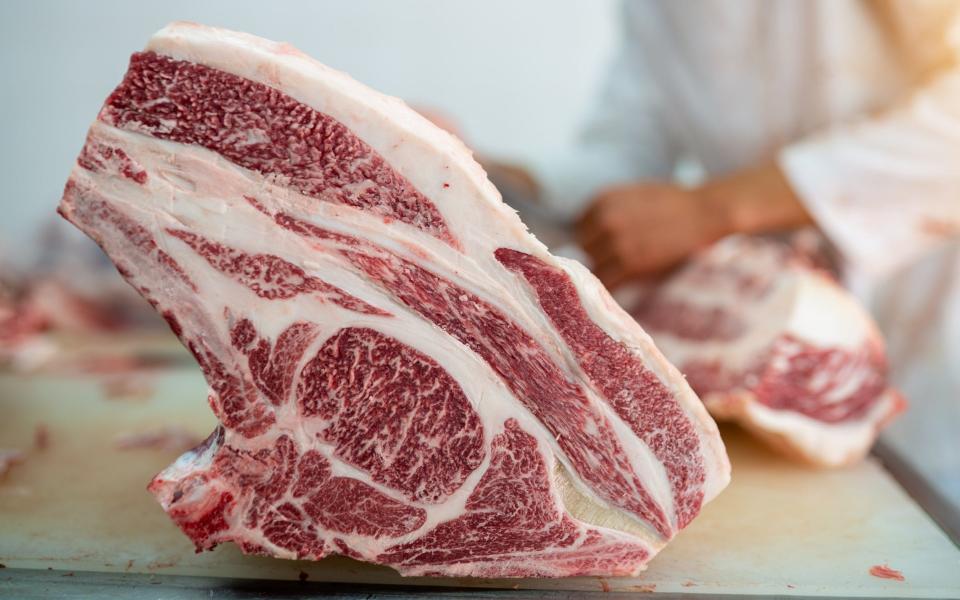
So lots of fat can be good (“it does an amazing job for flavour,” agrees Stanley), but there are two caveats. Firstly, how the steak will be served. While fat-rich Wagyu beef is seen as a marker of quality and is highly regarded by top restaurants, trying to mimic it at home for your steak-and-chips dinner might not be the best idea. “In Japanese culture [Wagyu will be sliced] thinly like sashimi, or dipped in hot dashi [an intensely savoury broth]. So you get a small mouthful,” explains Foster.
“But if you tried to serve someone a big Wagyu steak, they’ll be feeling pretty sick by the end.” Most Brits, he suggests, “are going to be grilling, barbecuing or pan-frying steak rather than turning it into tartare or poaching in dashi, so Wagyu probably won’t be the best choice for them.”
Secondly, the distribution of fat plays a far more significant role than the quantity. Foster’s advice is to look for a steak that’s a dark cherry red, with even marbling. “Good, even marbling shows it’s a good animal. You don’t want pockets of fat in one side of the steak and not in the other.”
Myth 5: Aged steak is always best
You’ll often see steaks referred to as aged or dry-aged, along with a range of days, most commonly 28, which is considered roughly to be the sweet spot. Ageing beef can help meat develop a more intense flavour, as well as tenderising it by breaking down the muscle fibres. But does that mean aged steak is always best? And should we look for the longest ageing time possible?
More important than the duration is how the meat has been aged, argues Smith. Dry ageing describes when meat is exposed to air, in many cases hung but sometimes on a rack, allowing its moisture to evaporate, whereas a different process – called “wet ageing” by some – sees meat vacuum-packed, sitting in its own moisture, then left to age. The latter method is more common, especially when it comes to supermarket meat, and it ensures the weight doesn’t reduce too much through evaporation of moisture, but doesn’t necessarily mean the steak will taste as good as a dry-aged version.
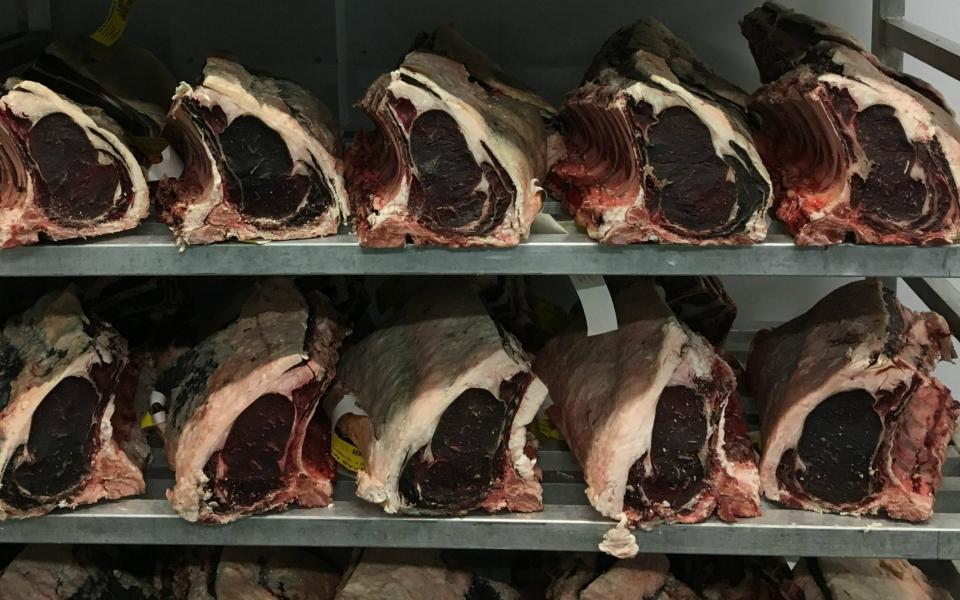
For Foster, the key word to look out for is “dry” rather than simply “aged”. “If you see ‘28-day aged’, it sounds lovely,” he says, but if the meat has been vacuum-packed for that time, “the moisture hasn’t escaped and it’s just sitting there ageing in a bag, so the enzymes aren’t breaking it down as much. It’s not getting that flavour from being dry-aged, it’s not losing that moisture content.”
Myth 6: Supermarket steak is always dreadful
Ask any meat expert and they will tell you you’re more likely to find a great steak – and be guided to the right one for your occasion, cooking style and taste preference – if you shop at your local butcher. But they do admit that supermarket quality is better than it used to be. Both Stanley and Smith agree not all supermarket steak is awful, with a range of quality on offer, especially if you know what you’re looking for. “The dining public is more clued up now, so supermarkets have caught on to that, mainly from a marketing perspective but also from a quality point of view,” says Foster.
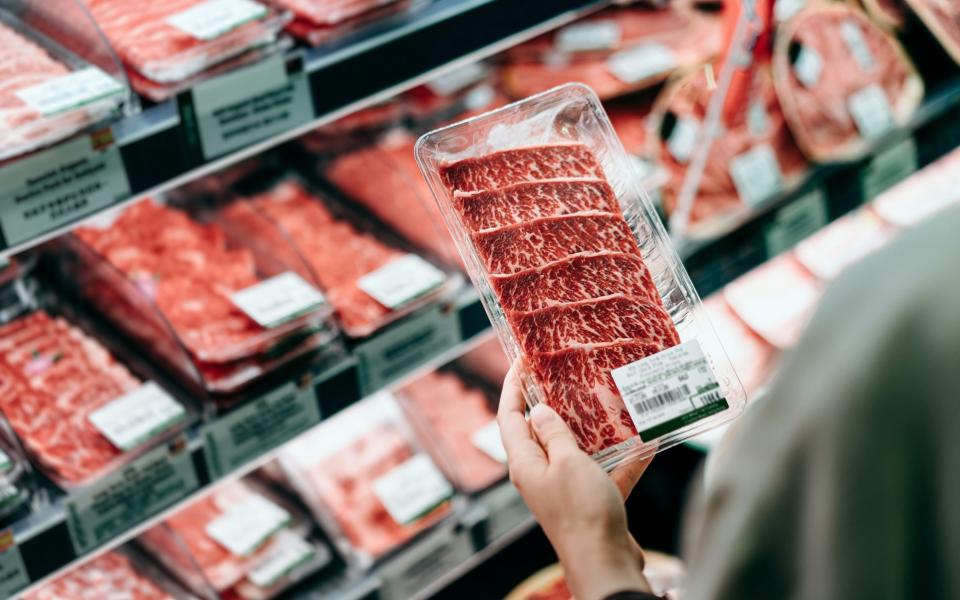
The issue all specialists point to is consistency, and they maintain that supermarkets will never quite rival a butcher when it comes to offering consistently high-quality meat. But steaks from the mass-market chiller aisle are “not always dreadful,” Foster concedes. For a good bet, “I would pick the steak that has the most intramuscular marbling and ‘loose-looking’ texture,” says Stanley.
Myth 7: Buying steak from the butcher is far more expensive than from the supermarket
It’s often a question of cost that leaves us relying on supermarkets in the first place. But buying from a butcher might not always be hugely more expensive, says Smith, and it may pay dividends in getting the right steak for the job – crucially one that doesn’t end in disappointment.
“A butcher can give you advice to make sure you get the right thing and will usually offer more choice,” he says: think those visually impressive on-the-bone steaks (coté de beouf, fillet and sirloin on the bone), and steak cuts such as bavette and flat iron.
“Some steaks might look cheap on a supermarket shelf, but if it’s no good, you’re better paying a little more to your local butcher and enjoying it, or buying less and knowing it’s great,” he advises. With those consistency issues in mind, “I would rather have 200g of great steak from a butcher,” Smith says, “than 250g from a supermarket that could let you down.”
Recommended
Four brilliant (and cheap) beef recipes, from Thai steak and rich ragu to ox cheek hotpot

